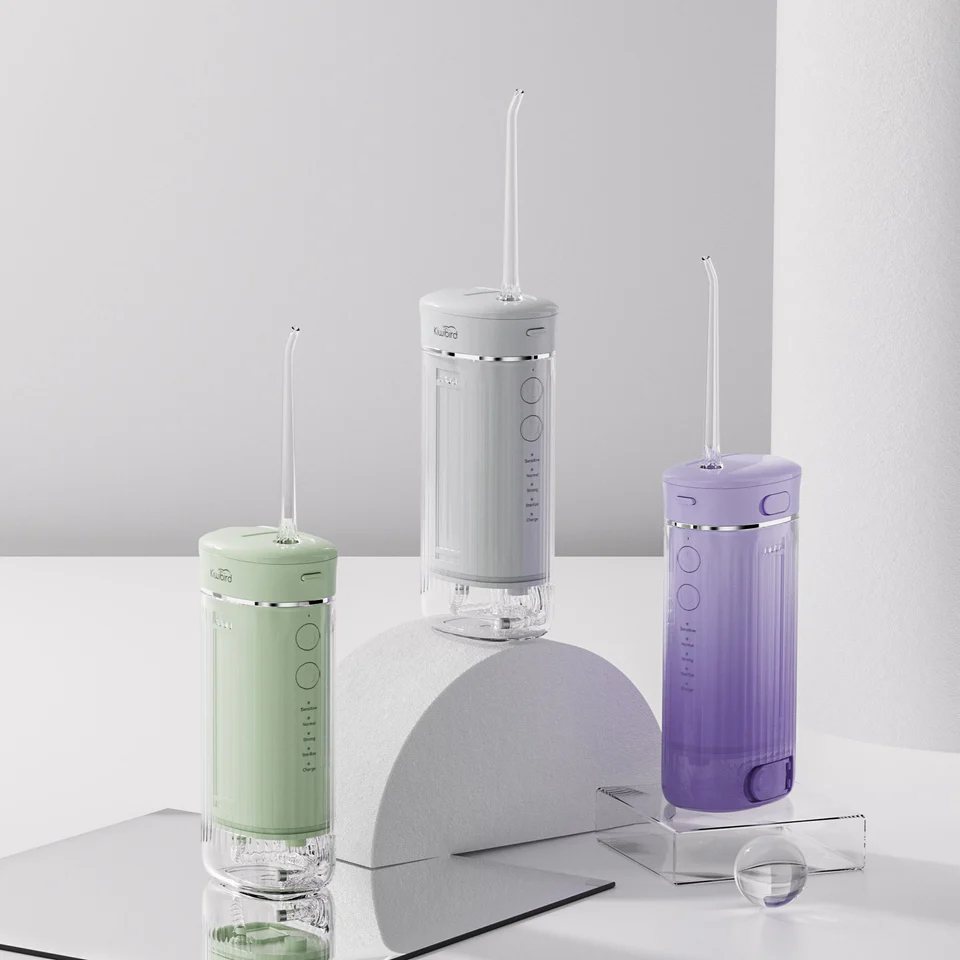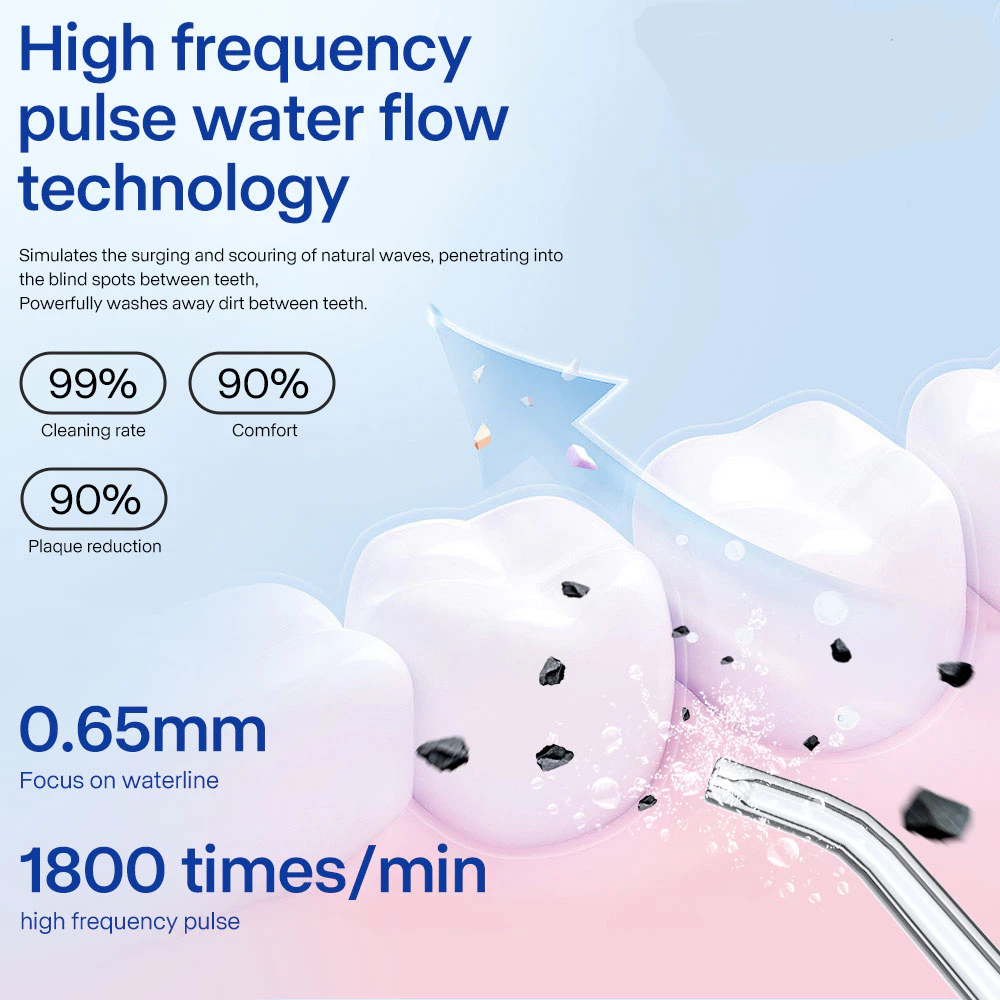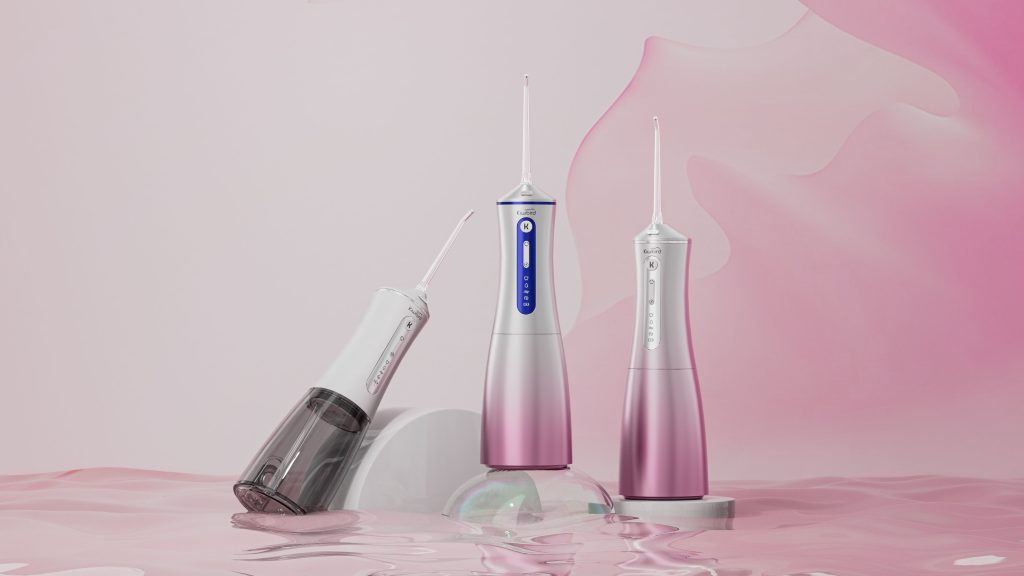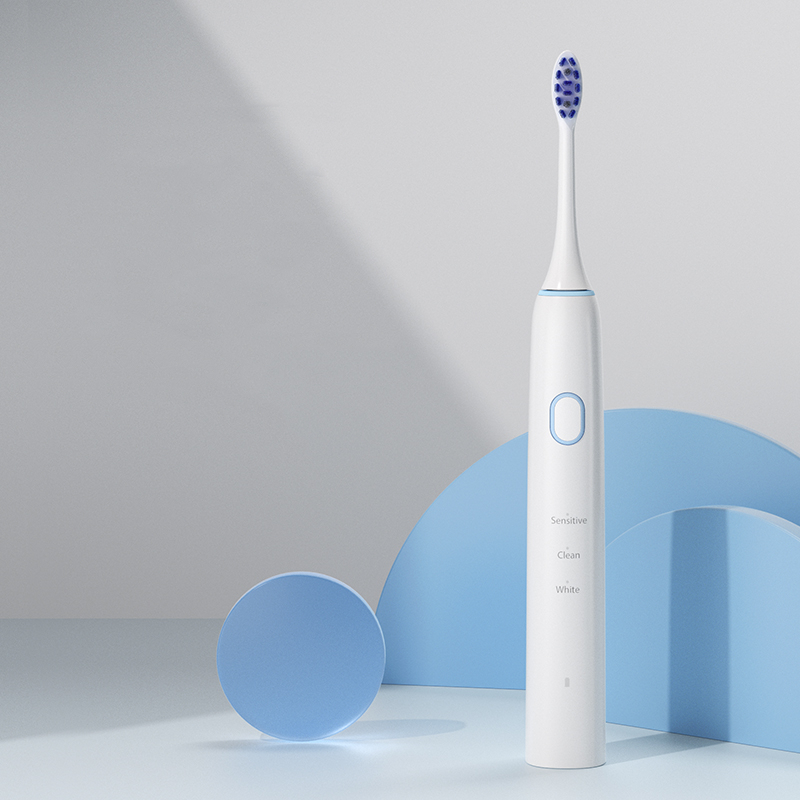In both home and medical settings, irrigators have become essential tools for improving hygiene and cleaning efficiency. However, when Nozzle Clogs and Water Leakage occur, they not only compromise performance but may also present safety risks. This leads manufacturers and users alike to ask: can an irrigator still be reliably used after such issues arise? In this blog, we explore the root causes, impacts, and solutions to these common problems.
To ensure optimal performance, an irrigator relies on smooth fluid flow and tight sealing. Nozzle Clogs typically occur when mineral buildup or debris blocks the spray outlet, resulting in inconsistent pressure. At the same time, Water Leakage often indicates a failure in the sealing system, which can lead to dripping or internal moisture damage. When these two issues occur together, the device’s cleaning ability is compromised, and its lifespan is shortened.
Common causes of nozzle blockages include:
Preventing nozzle clogs involves redesigning components for better flow, using anti-scale materials, and implementing regular maintenance protocols.
Water leakage typically stems from aging seals, poor material choices, or environmental wear. These leaks can lead to:
Improving sealing technologies and materials is critical to avoiding these long-term consequences.

In real-world applications, Nozzle Clogs and Water Leakage often go hand in hand:
Solving one problem without addressing the other may only offer a temporary fix. A system-level design approach is required.
To tackle these issues, B2B manufacturers can adopt a combination of reactive and preventive strategies:
This dual-track approach reduces downtime and enhances product longevity.
Looking ahead, manufacturers can explore innovations that reduce clogging and leakage:
Proactive improvement is key to standing out in a competitive, quality-driven B2B market.
Conclusion
The combination of Nozzle Clogs and Water Leakage can quickly degrade an irrigator’s performance, safety, and reliability. By understanding their causes and interplay, and implementing smart design and maintenance practices, manufacturers can offer durable, high-performance solutions. Innovation and long-term support remain the foundation for building customer trust and product competitiveness.
Interested in customized solutions or design upgrades? Contact us today to explore how we can support your manufacturing goals.


.jpg)
LA oral care wholesaler
.jpg)
Cleaning Sonic Electric Toothbrush with Pressure Sensor wholesale
.jpg)
B2B electric toothbrush manufacturer Miami
.jpg)
San Diego electric toothbrush distributor

USA custom electric toothbrush manufacturer
.jpg)
gentle electric toothbrush
.jpg)
Dental sonic toothbrush supplier North Carolina
.jpg)
Orlando electric toothbrush distributor for resorts
Massage Rotating Electric Toothbrush wholesale
.jpg)
procurement manager oral care products California
.jpg)
source sonic toothbrush from USA manufacturers
.jpg)
Bulk electric toothbrushes
.jpg)
Sonic Electric Toothbrush with Massage Function and Travel Case Manufacturer
.jpg)
Gentle Mode Adjustable Rotating Electric Toothbrush wholesale
.jpg)
Gentle Sonic Electric Toothbrush with Pressure Sensor – Wholesale
.jpg)
Need Chicago repair service during Chicago holiday deals?

electric toothbrush heads Charcoal Infuse-Round

electric toothbrush heads Ultra Soft

Private Label Whitening Gel
.jpg)
Florida Electric Toothbrush – Powsmart PTR-C8

Customization Teeth Whitening Gel

electric toothbrush heads Regular Clean

Electric toothbrush heads Charcoal Infused-Diamond

electric toothbrush heads Deep Clean
whstapp
whstapp
National Toll-Free Service Hotline
+86 755 86238638